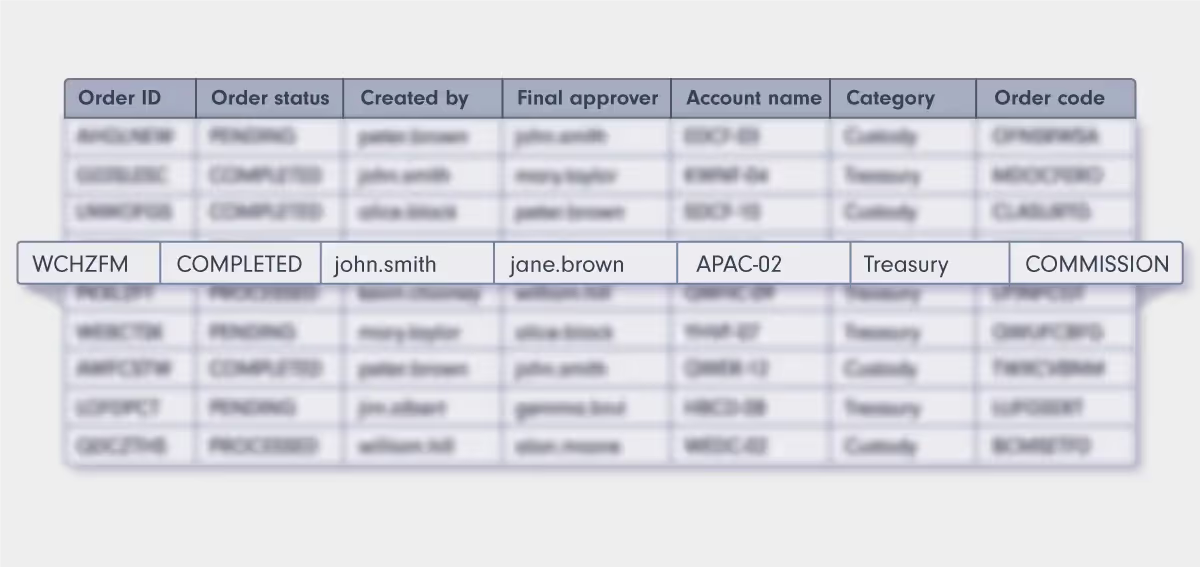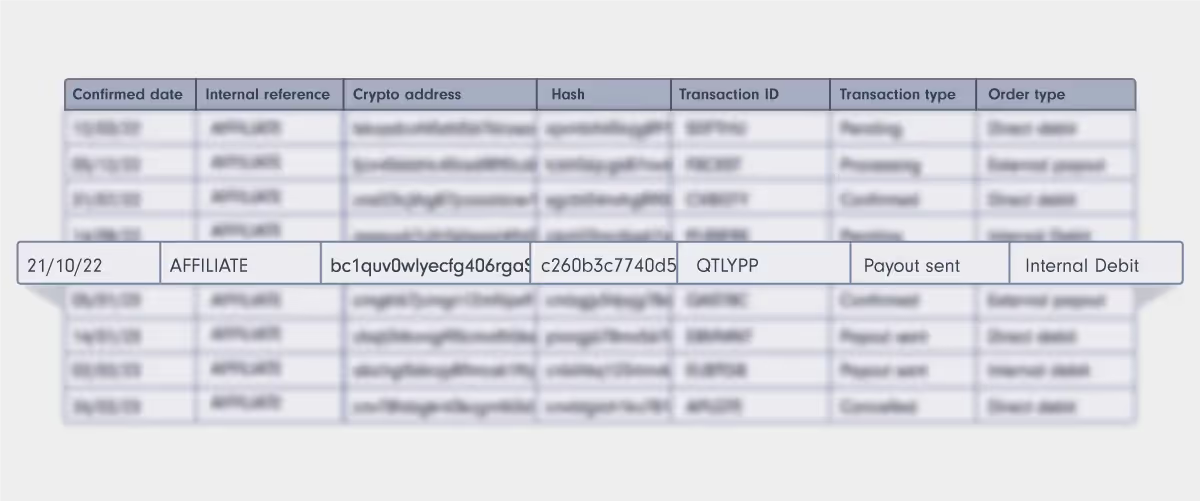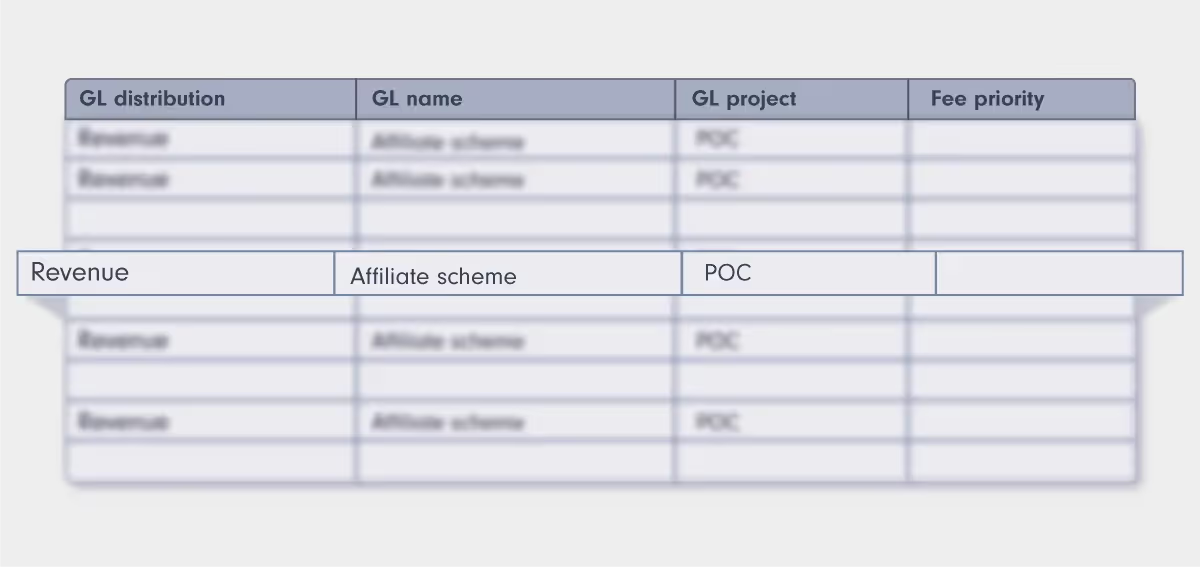
What does a Bitcoin journal entry look like?
Keeping detailed general ledger records is an essential part of digital assets bookkeeping at enterprise level. Journal reports are a key step in this process.
In this article, we’ll take a close-up look at what a Bitcoin journal entry looks like in the Fortris digital asset treasury management platform.
What is a Bitcoin journal entry?
The main difference between a journal entry in traditional finance and a Bitcoin journal entry is that the latter should contain key information from the Bitcoin blockchain - the "on-chain" transaction.
For more background on this, read our Bitcoin bookkeeping best practice guide.
Recording this data presents a fundamental integration problem, because most bookkeeping and accounting platforms cannot “read” blockchain entries.
Furthermore, it is important for accounting and audit reasons that any journaling of a Bitcoin transaction should contain more than the raw data included in the blockchain record.
Luckily, there are now software solutions that can bridge the gap between the worlds of traditional finance and blockchain.
Not only does this provide data for accounting, tax, and audit requirements, it also means businesses can categorize their Bitcoin transactions and assign internal reference codes for better reporting and analytics.
Bookkeeping with Fortris
Digital asset bookkeeping is one of the core functions of the Fortris platform.
With Fortris, finance teams can generate journal reports that can be imported directly into existing treasury management systems or enterprise resource planner software.
The process is automatic, removing the need for time-consuming and potentially inaccurate manual reporting.
It also allows each transaction to be journaled in detail, with contextual information around the purpose of the transaction, where it originated, which category of business operations it falls into and many more relevant data points.
In essence, Fortris creates an off-chain record of all on-chain transactions.
How would this work in practice? Let’s find out.
Anatomy of a Bitcoin journal entry
Here’s what a single journal entry could look like for a hypothetical business that processes Bitcoin incomings and outgoings.
Imagine that this business is trialing an affiliate marketing scheme that involves paying out commissions to creators in the form of Bitcoin.
The finance team decide to generate a journal report for the first week of the trial to check its progress.
The report is an Excel sheet with two tabs:
- The summary tab, which contains the start and end date of the report period, and the opening and closing balance of the Bitcoin wallet in question.
- The report tab, in which individual journal entries are recorded. Each journal entry has 25 columns of data.
Now let’s break the report tab into sections and look the data included in a single journal entry for an affiliate payment.
The journal entry in question is highlighted and the rest of the report is obscured.
Columns A-G:

Order ID is a unique alphabetical code generated by the Fortris system.
Order status shows the state of the transaction at the time the report was generated. We can see that in this case, the order has been completed.
The Created by and Final approver fields record who in the organization carried out each of these functions.
Account name refers to the specific Bitcoin wallet this payment has been made from.
The Category and Order code are both customizable depending on the business model and requirements of the company. In this case, the order code “Commission” describes the nature of the payment being made.
Columns H-N:

Confirmed date shows the date that the transaction was confirmed on the blockchain. See our article How long does a Bitcoin transaction take? For more information on this.
Internal reference is another customizable field. In this case, it shows that the payment is part of the affiliate scheme.
Crypto address is the specific Bitcoin address that the payment has been sent to.
Hash is the unique identifier for this transaction on the Bitcoin blockchain. Copying and pasting this string of code into a blockchain explorer such as blockchain.com will show the public record of this transaction.
To see an example of a blockchain record, read our Bitcoin bookkeeping best practice guide.
Transaction ID is the unique alphabetical code generated by the Fortris system.
You may be wondering why there is an order ID (see column A) and a transaction ID. This is because the fee for the transaction (the commission paid to the miner who adds the transaction to the blockchain) is listed as a separate journal entry in the Fortris system.
This payment and its fee will share the same order ID but have separate transaction IDs.
Journaling fees separately can be useful for data and analytics purposes, for example tracking fee expenditure over time.
Transaction type has several options including payment sent, payment received, and fee.
Order type shows whether the order was sent or received to an external address (outside your organization) or internal address (inside your organization) and whether it is a debit or credit.
Columns O-U:

Debit (BTC) shows the size of the transaction.
We can see the exchange rate (1 BTC/fiat) at the moment the transaction was confirmed (for incoming funds) or broadcast (for outgoing funds). In this case, the fiat currency is USD.
We can also see the equivalent amount of this transaction in USD, and the remaining USD balance of the account once the payment has been sent.
Columns V-Y:

The final columns of the journal entry have not been used for the purposes of this trial.
GL distribution, GL name and GL project are all customizable fields that can be used for enhanced integration with the GL (general ledger) of the organization.
Fee priority only applies when the journal entry in question is a fee – the commission paid to the miner who adds the transaction to the Bitcoin blockchain. There are three categories: low, medium, and high. This reflects a core function of the Fortris system that allows businesses to decide whether they want to pay a lower fee for a low priority transaction or a higher fee for a more urgent transaction.
Fortris handles digital asset treasury operations for enterprise business.
Want to learn more? Book a demo today.
Fortris handles digital asset treasury operations for enterprise business.
Want to learn more? Book a demo today.
